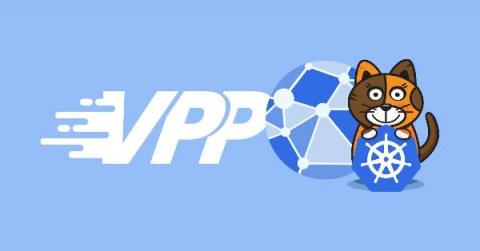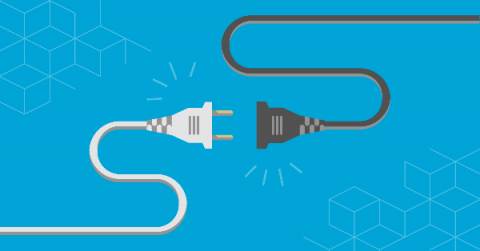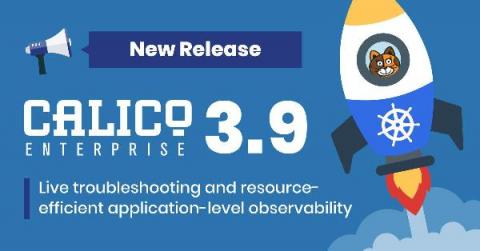Lightning-fast Kubernetes networking with Calico & VPP
Public cloud infrastructures and microservices are pushing the limits of resources and service delivery beyond what was imaginable until very recently. In order to keep up with the demand, network infrastructures and network technologies had to evolve as well. Software-defined networking (SDN) is the pinnacle of advancement in cloud networking; by using SDN, developers can now deliver an optimized, flexible networking experience that can adapt to the growing demands of their clients.





